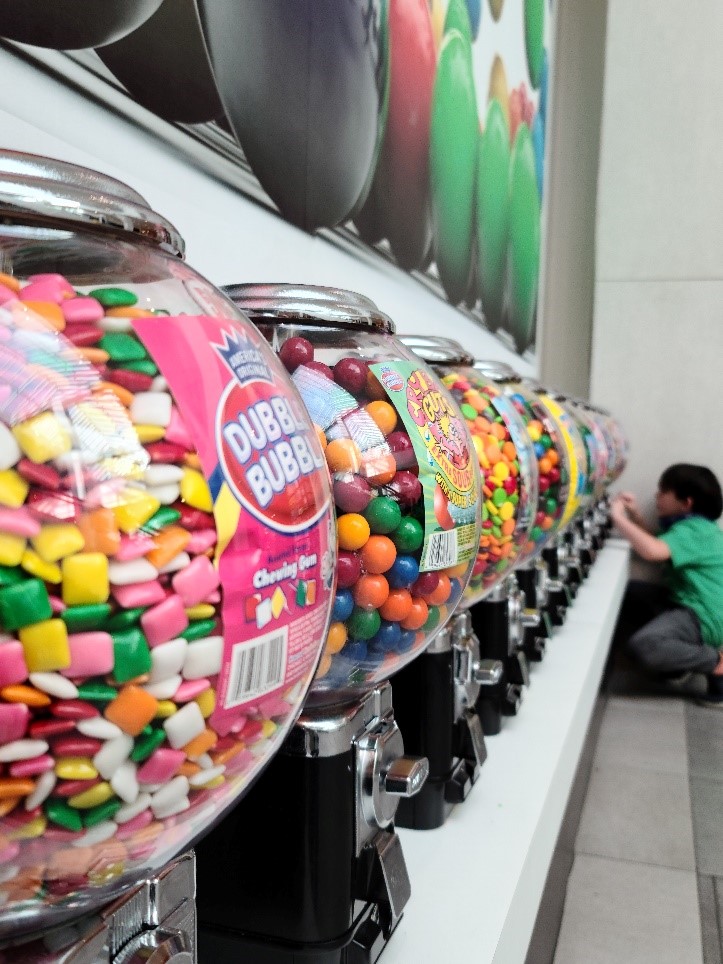Key Takeaways
- Understanding how money works isn’t intuitive.
- Children can start learning from a young age how money works, but they need hands-on experience to do so.
- There are a couple of things you’ll want to get your kids started on to understand the value of money.
Have you ever learned how to dance? You may have watched other people dance or even imagined the steps in your head, but until you actually try out the steps, it’s a difficult thing to master. Even if you’re a natural, you likely need to practice the dance several times to get it just right.

A lot of things in life are like this – learning to speak a foreign language, driving a car, or baking a cake, for example. You can watch others do it or hear about it, but you can’t really learn it until you do it yourself. Money management is no different. When it comes to children, they may see you buying things at stores using cash or credit cards, but it doesn’t really mean anything to them until they try it themselves.
Why is this important? Well, if kids are going to understand the value of money first, they can’t start by saving and spending because it doesn’t mean anything to them – they have no context around money. It’s like telling someone to do the Bossa Nova without showing them the steps that go into it.
So, what are those steps when it comes to money? Start off by taking a few $1 and $5 bills, along with some quarters and dimes – two of each kind. The next time you’re at a store with your child and they ask for something, show them how many of the dollar bills and coins it will take to purchase the item.

Do this consistently – every time they ask for something at a store, whether it’s candy at a grocery store or a toy at a dollar store. Over time, they’ll start to understand how much money the things they want cost and whether they have enough for them.

Now, the second step to this will make a lot of sense, especially when it comes to the part where your child realizes they don’t have enough money to buy something they want. It’s giving them $1 per week according to their age. In other words, if they’re four years old, then give them $4 each week.
By doing these at the same time, you’ll help your children learn about money. It’s a tough thing to understand, especially as less tangible concepts like credit cards, PayPal, and Venmo come into play. But start with the physicality of money. Without that, they’re not going to understand the value and they won’t save either. That only leads to an inability to build their wealth successfully and a struggle to make ends meet. No parent wants their kid not to do better than them, so try this out and see how it works for you and your family. Until next time, enjoy.
If you’d like to read more on this topic, here are a few of Gary’s previous posts that you might enjoy:
Gary

